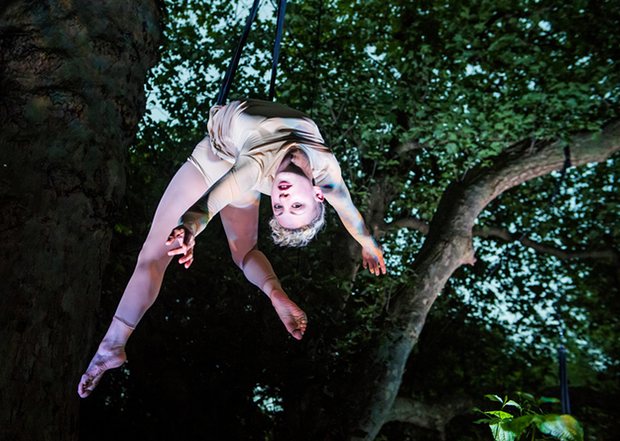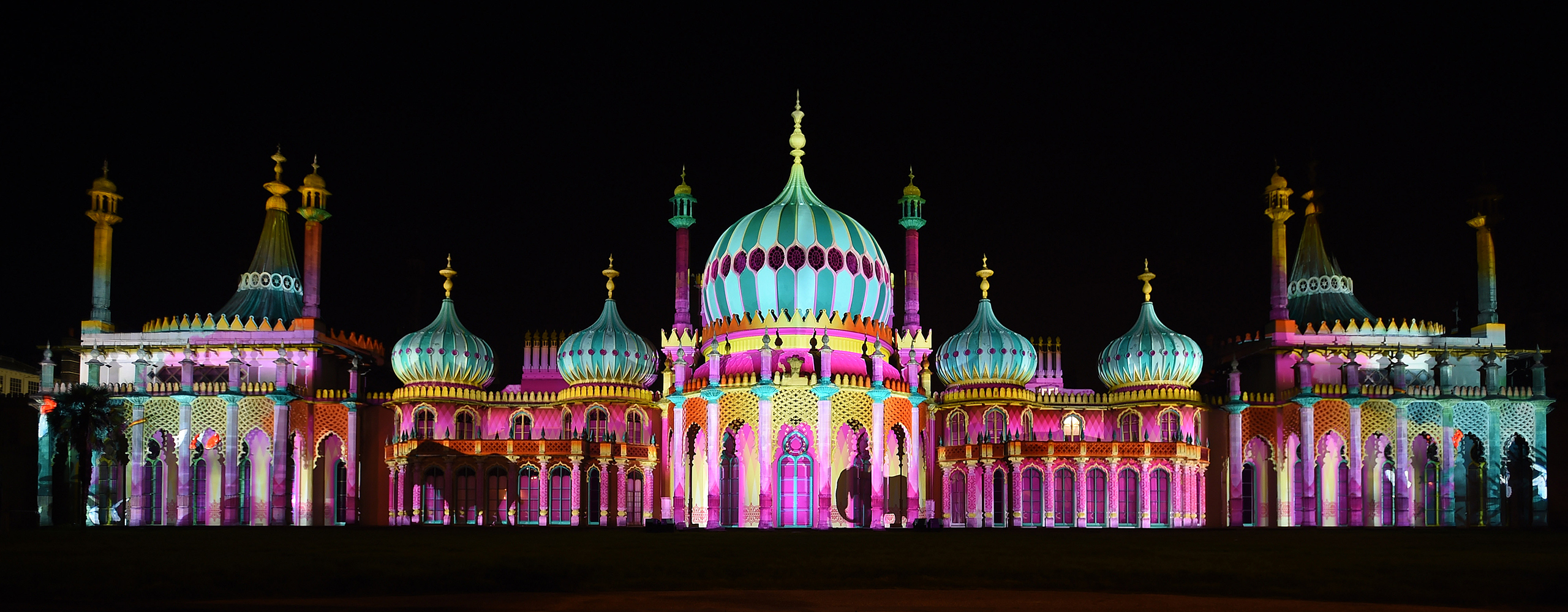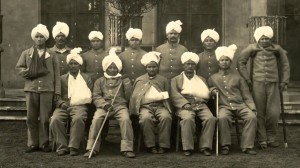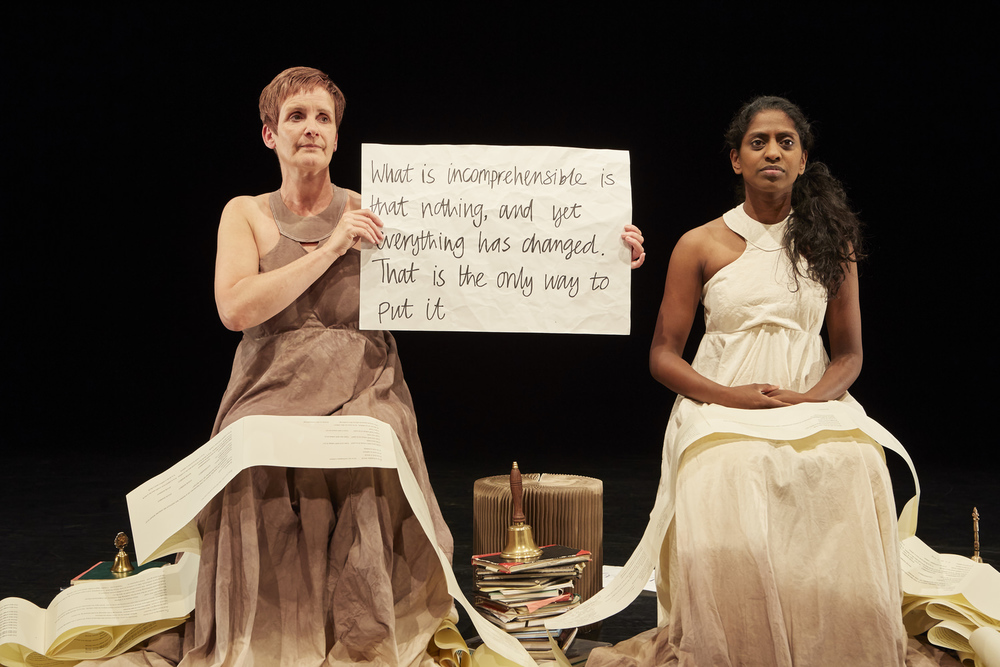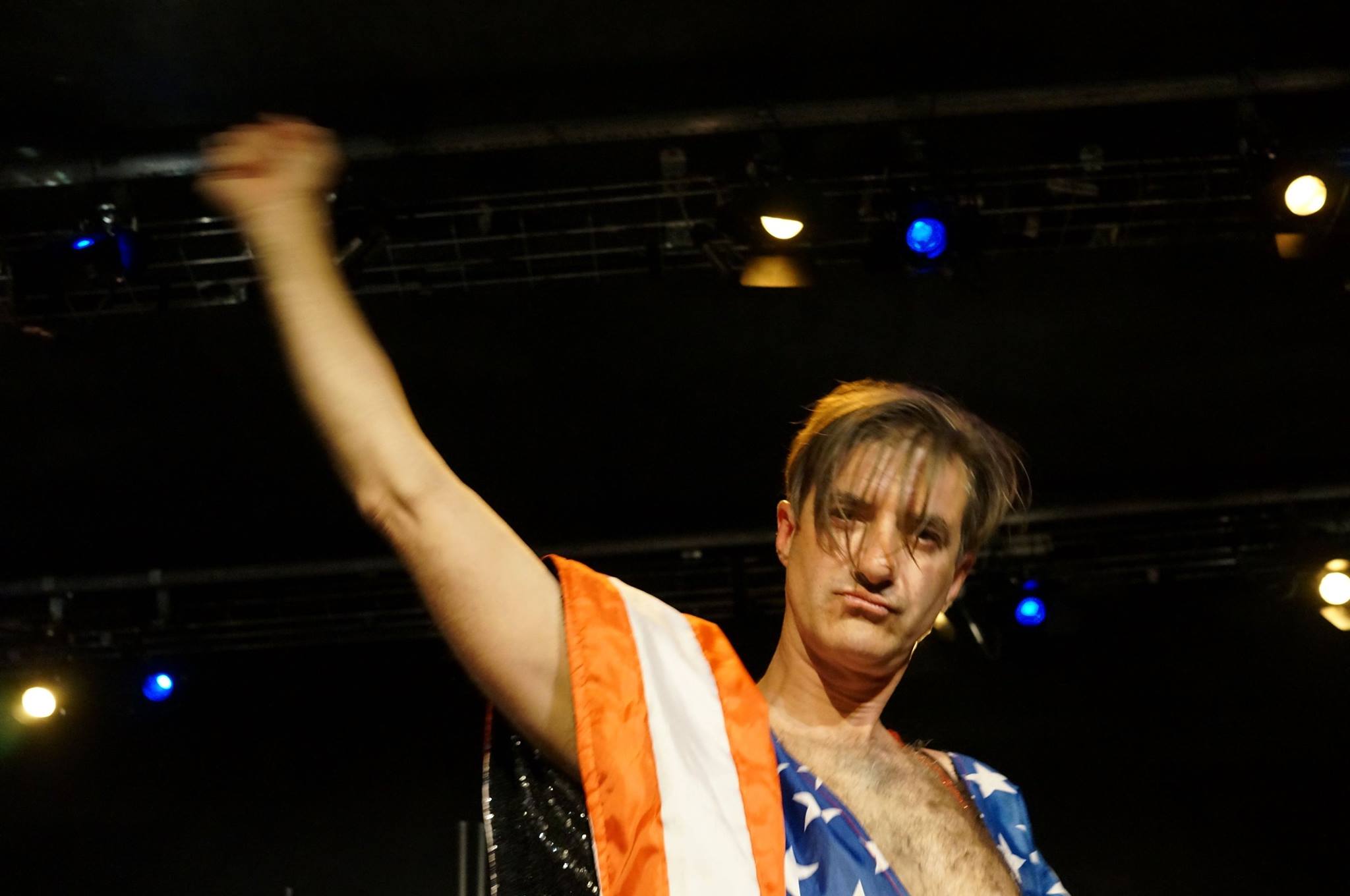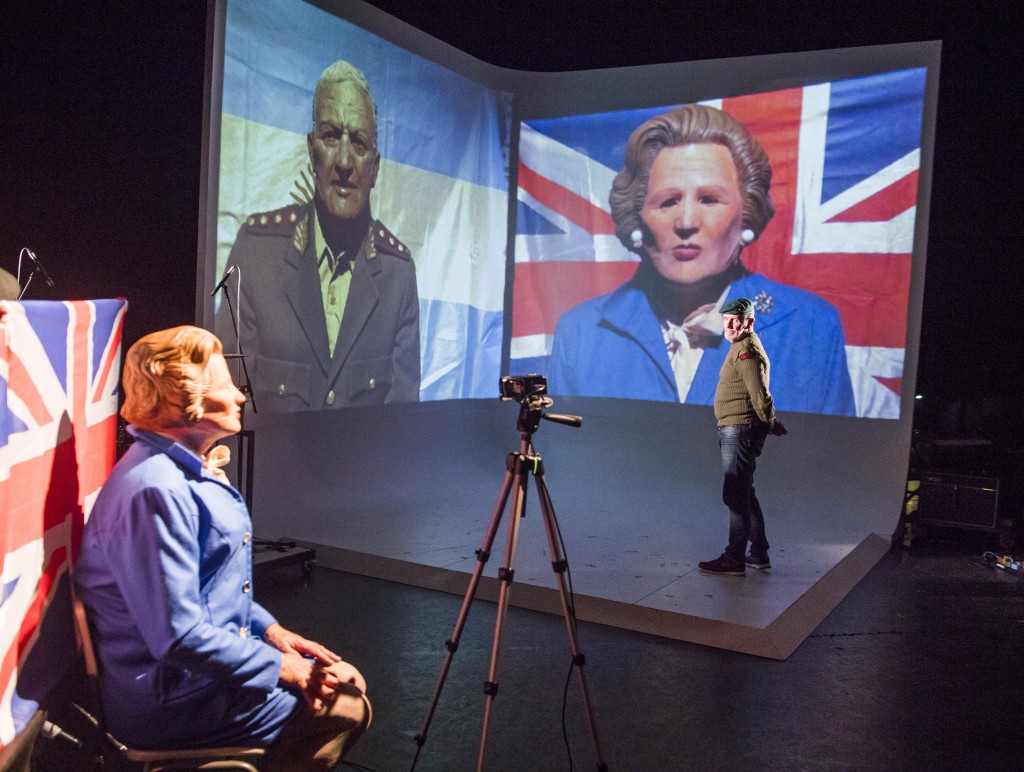It’s a rainy evening, a funereal grey sky broodily tipping it down – as befits an outing to a cemetery. We could be extras in a film about the undead. As night falls, we are led off into the woods in a silent procession. As we go deeper, feet tramping through mud, twigs crackling beneath our tread, it does feel genuinely spooky. What a beautiful site this is! Ancient tombstones leaning into each other, desolation angels gazing to the sky with their blank stone eyes, gnarled trees and tangled ivy dripping with rain. We are under a direct flight path from London City Airport, and the planes fly low above us – but I like this, and I like the distant roar of the cars on Mile End Road, and the lights on in the tower blocks nearby, which we can see through the trees on some paths. I enjoy the out-of-time lurch of the quiet of the dead and the bustle of the living; the odd feeling of being out of time, of being in another dark, mysterious world so close to the everyday reality of East End life.
And what do we encounter, here in this woody graveyard? There is some beautiful work from the Circa team of seven acrobats – Nathan Boyle, Marty Evans, Nicole Faubert, Bridie Hooper,Todd Kilby, Brittanny Portelli and Lewis West – who are accompanied and supported by a baker’s dozen of students from the National Centre for Circus Arts (which I’m afraid some of us will call Circus Space for evermore). We get a number of skilful circus set-pieces in the woods, and a great large-scale ensemble piece as a finale.
The set-pieces include a Chinese pole act and a hand-balancing act, both of which feel a little restrained by the rain, and a cyr wheel act that is so completely stymied by the wet floor surface that it really should have been cut, or there perhaps there could have been some sort of plan B for that space, as the puzzled audience is left watching someone just bouncing his hoop on the ground for 10 minutes, which is rather odd. The aerial work fares better in the bad weather. There’s a fabulous rope act: two cordes lisses hanging down ominously from an enormous tree; a pair of performers, one male, one female, a rope apiece. He draws our attention, but she holds her own. The final image of their scene is stunning – she is in hanged man pendu pose, the rope tightly wound around her ankles; he is upright, with the rope wound around his eyes and face. There’s also a lovely aerial piece using straps – this time a trio, a lead performer in a silky blue dress and a chorus of two follows or echoes who are dressed in colourless outfits that give them an almost-naked look – their contortions suggesting souls in purgatory twisting and turning. I enjoy this pattern of having a more experienced Circa performer upfront, taking the larger share of the audience’s attention but leaving room for the students to show their strengths. Trudging the dark pathways en route between the main performance pieces, we see figures gently swinging on trapezes, hanging from ropes, or dancing on graves. The dancing is courtesy of students from the Central School of Ballet, who are given their own set-piece in a very lovely scene that sees six or seven of them in a line, a grave each, dancing an elegantly angsty choreography to a soundtrack (composed/designed by Lapalux); the row of (female) figures twisting and turning, raising their arms to the heavens, and tossing their hair to a disjointed, rewound, overlapped mash up of musics and ethereal sounds, like a symphony of transistor radios broadcasting from other worlds. Movement and costume-wise, it’s the only section of Depart that has something of the Victorian Romantic aesthetic that might have been the obvious design choice for the piece. Costume design, overall, is a little bit erratic – but maybe that is inevitable with such a large cast of mixed professional, student and community performers.
There is another element I haven’t yet mentioned: a live choir who start the show, end the show, and accompany us along the way – scores of shrouded faceless black figures standing awaiting us as we turn a corner, or walking amongst us singing. The effect is spoilt a little by the rather mundane LED lanterns in their hands – a minor point, as generally I like the choir and the way it is used.
But this leads to a reflection on the use of lighting in the piece, which seems to miss a trick. Lighting designer Lee Curran is a highly experienced artist, but I wonder if his experience extends to outdoor arts? Compared to other large-scale processional outdoor works in dark and evocative places – WildWorks’ Wolf’s Child, seen at Norfolk & Norwich Festival 2016, springs to mind – the lighting is uninspiring. So many points along the way that could have been lit beautifully, and weren’t lit at all… Perhaps the desire was to keep the darkness intact on the walk between the set pieces; to keep us feeling disoriented in this space that wasn’t, actually, that enormous a site for three interweaving audience groups – but I felt the stone angels and plinths were begging for some illumination. The tombstones got more attention – some of them, anyway – used as a site for video work by Ben Foot and Valentina Floris: projections of little white figures fluttering on the graves, or of flowers having their petals slowly unpicked.
I also feel – and this may well have been the rain dictating, perhaps it was different on other nights – that we are hurried along throughout the journey, with some rather too enthusiastic stewarding from some people. Although not all – a big thumbs-up to the auburn haired young woman leading our ‘yellow’ group – she doesn’t wear a raincoat, standing tall and proud in the rain in her smart suit, always gently friendly, waving us on calmly with a feint smile on her face – I believed in her as a character, be it funeral usher, or guardian of the underworld.
A gold star also to Circa for setting down the ground rules for this journey: walk in silence; do not take photos; follow the path and keep walking. Such a relief to have silence observed, and no-one viewing the work through a lens. We are also advised to ‘look up, don’t look back’. This last directive is a nod in the direction of the myth of Orpheus and Eurydice, whose story seems to lurk under the surface of Depart – although the piece is thematic and poetic rather than a linear narrative.
Circa’s Depart is, if we are being anorak-y about definition, a site-generic work. By which I mean, it is not specific to this one site, it has been created in response to a genre of sites – graveyards – and will tour to other graveyards, where it will be reworked for each new site. It has been co-commissioned by LIFT, Brighton Festival, and Hull Freedom Festival, and will be presented in Brighton and Hull in those respective festivals in 2017.
In conclusion: Depart is a rich experience, full of inspiring performance work – the student and community performers integrated into the piece with care and respect. Hats off to an amazing team of artists and technicians for pulling off such a complex work. Not all the elements cohere all the time, yet as the first version of a very ambitious outdoor work, this is inevitable. I’m looking forward to seeing it again next year…

